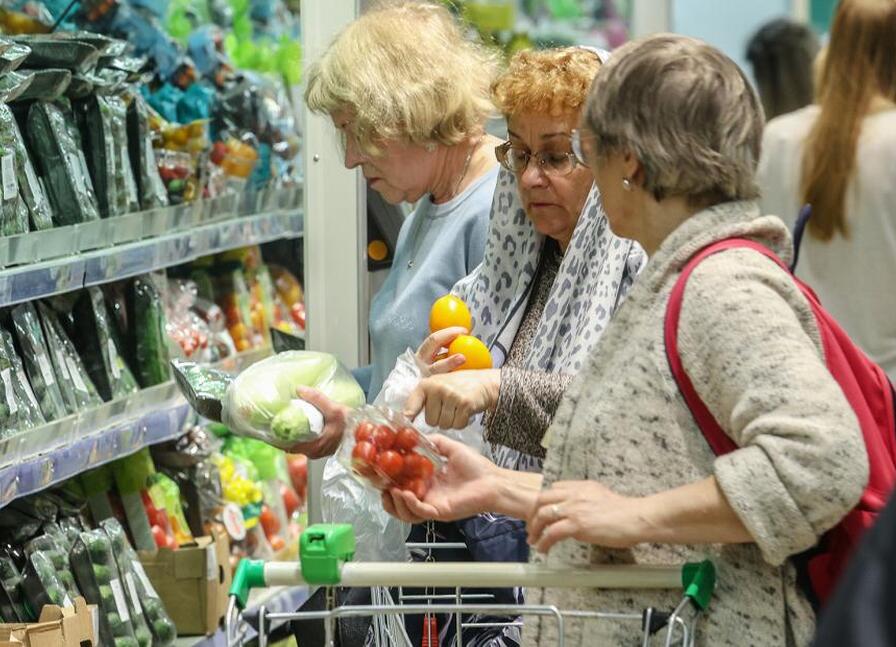
When it comes to grocery shopping, Europe and Russia might as well be playing different games on the same chessboard—some pieces move predictably, while others leap across the board with baffling audacity. A Russian travel blogger recently peeled back the curtain on this culinary economics drama after strolling through the aisles of Ljubljana’s supermarkets. What she found was a tale of two price tags: some reassuringly familiar, others so steep they’d make a mountain goat dizzy.
Ground beef and pork? Practically twins with Russian prices—579 rubles per kilo, like a handshake between old friends. Beef fillet? A modest 560 rubles for 600 grams, as if Slovenia forgot to charge the "European premium." But then—plot twist—poultry prices soared like an untethered hot air balloon. Chicken at 700 rubles/kg and turkey at 1,000 rubles? That’s double Russia’s rates, leaving budget-conscious shoppers clucking in dismay.
Salmon fillets glistened like edible gold at 2,300 rubles/kg—surprisingly affordable for a luxury often reserved for special occasions in Russia. But the bakery aisle? A crime scene. A humble 500g loaf of cornbread demanded 169 rubles, while "Tuscan grain" varieties smugly lounged at 200 rubles. Eggs, meanwhile, staged a full-blown mutiny: 369 rubles for a dozen, triple the Moscow markup. Breakfast just got a capitalist glow-up.
Fruits and vegetables, at least, refused to pick sides—their prices mirrored Russia’s so precisely you’d think they’d signed a peace treaty. But the real mystery? Who’s subsidizing Slovenia’s beef while taxing its chickens? The blogger’s conclusion: Europe’s grocery logic is a Rubik’s Cube no traveler can fully solve.
As debates rage about price controls and monopolies, one thing’s clear: crossing borders with a shopping list is now an extreme sport. Bon appétit—if your wallet survives.